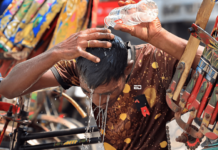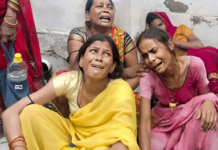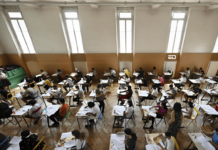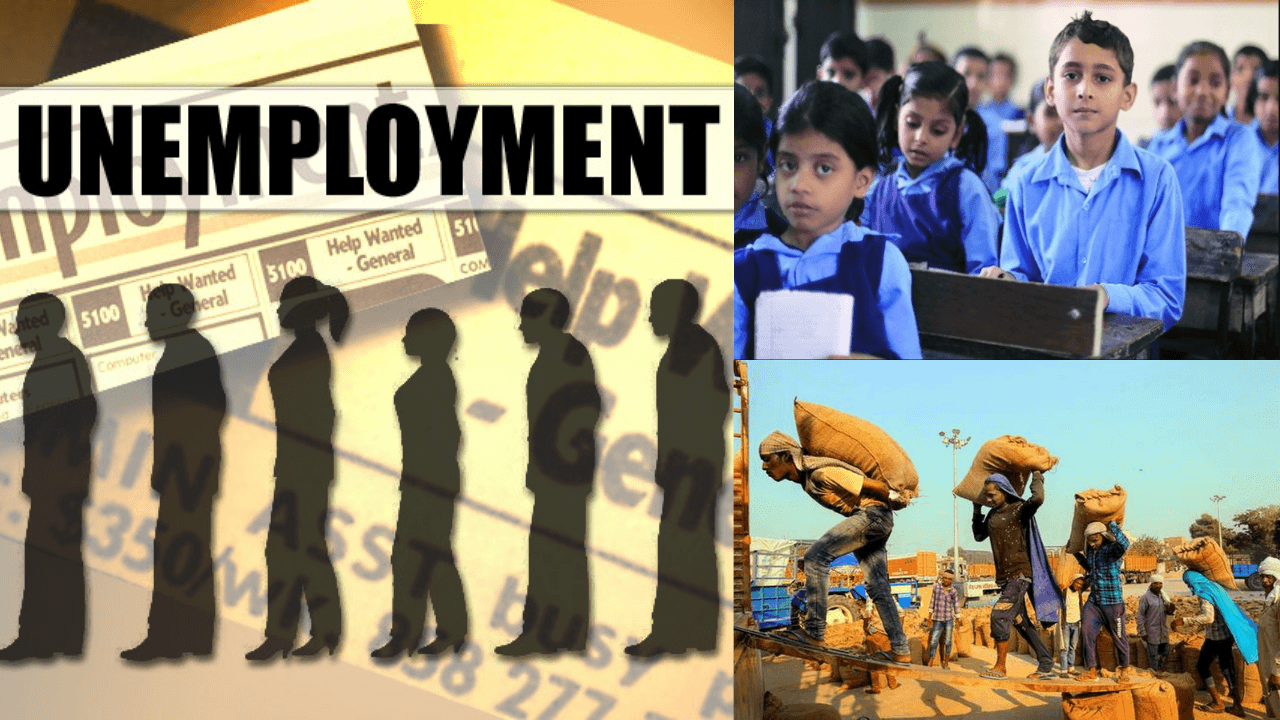The economic survey (2020-2021) was published on 29th January. The document summarises the current state of the economy and the reforms that will be planned to accelerate growth.
This survey, which was authored by CEA Krishnamurthy Subramanian’s team covered important dimensions like employment rates across states of India as well.
One thing that was interesting to note was that Punjab was one of the top five states which had widespread unemployment but the state surprisingly managed to be among the top five states that had access to basic necessities.
Basic necessities include water, housing, medical services, electricity, sanitation, fuel, etc.
Detailed Report
The top five states that have the highest unemployment rate are Bihar with 9.8%, followed by Haryana that has 9.3%, Kerala ranked third with 9%, and then Uttrakhand displayed an 8.9% rate of unemployment. Punjab ranked fifth with 7.4%.
The current government in Punjab is under Amarinder Singh, the Chief Minister. In the 2017 Assembly elections, the Punjab government had promised one job in every household. This scheme was called ‘Ghar Ghar Naukri’ under which lakhs of people had registered.
The government had also promised a debt waiver to the farmer.
But Punjab reportedly had a higher rate of unemployment in 2018-19 for the age group 15 years or above. This was higher than the national average of unemployment.
The all-India ratio was 5.8%.
Also Read: Has Stubble Burning Actually Declined In Punjab As Per Claims?
Where Punjab Excelled
Education
The state of Punjab reflected good results in terms of education received by the citizens. In early childhood education, for children aged between 3-5, a high attendance rate of 61.6% was observed.
The reason why Punjab did well in terms of education is due to their policies in 2017-18. In 2017, pre-primary classes were launched and Krishan Kumar, the education secretary, had himself campaigned door-to-door in order to influence and convince parents to send children to the classes launched in government schools.
The efforts did not end there as teachers were employed to take door-to-door admissions as well.
The state recorded a 2.83% of primary drop out rate for the year 2016-17 against the national average of 6.35%. The upper primary dropout rate was almost similar, 2.89% against the national average of 5.67%
The secondary school dropout rate was measured only at about 8.69% whereas the all-India rate was alarming at 19.89%
For the year 2016-17, in terms of transition rate, 95.7% primary to upper primary transition, 94.3% elementary to secondary school transition, and 85.7% secondary to higher secondary transition rate was observed in contrast to 88.6%, 90.3%, and 85.7% all-India figures, respectively.
Basic Needs
Access to basic needs is one of the basic things that a country should provide to all its citizens, yet the unequal access and stark differences in living conditions are omnipresent.
The economic survey shows that from 2012 to 2018, the access to bare necessities across India has shown improvement.
Punjab itself reflected an increase in access to the necessities, so much so that it is one of the top 5 states to have the best access to bare necessities.
70% of Punjab’s population had access to basic needs in 2018.
According to the economic survey, “It has improved disproportionately more for the poorest households when compared to the richest households across rural and urban areas. The improvement in equity is particularly because while the rich can seek private alternatives, lobby for better services, or if need be, move to areas where public goods are better provided for, the poor rarely have such choices”.
The following states of Kerala, Punjab, Haryana, and Gujarat ranked at the top, meanwhile states like Odisha, Jharkhand, West Bengal, and Tripura were at the lowest on the scale.
Image Credits: Google Images
Sources: Indian Express, Economic Survey, Bloomberg
Find The Blogger: @MNtweeting
This post is tagged under: Punjab, India, Economic Survey, education, education policy, literacy ratio, transition ratio, drop out ratio, unemployement, Punjab government, Amarinder Singh, basic necessities, food availability, clothing, housing, access to basic needs, bare necessities, Indian average ratio, top five worst states, top five best states
Other Recommendations:
Why The Education Sector Is Still Suffering From The Pandemic’s Effects



































